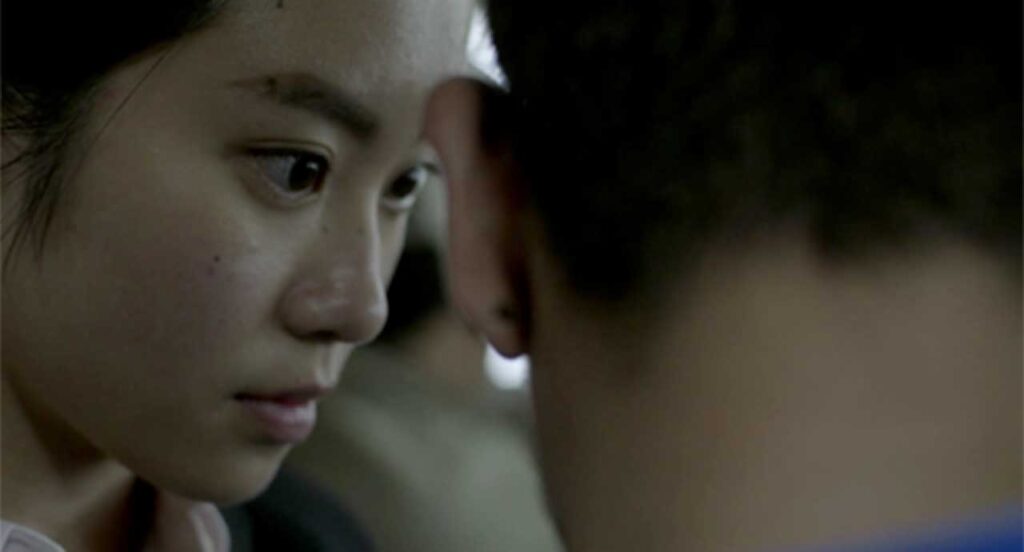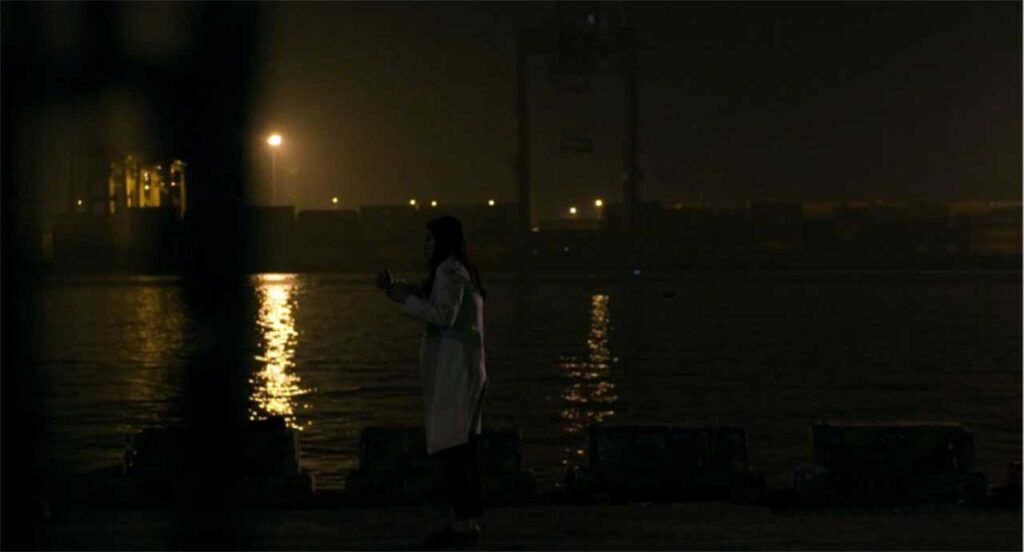Southeast Asia, Cinematic Enigma?
The existence of human life is a question that remains wrapped within the darkened curtains of an enigma. While theories of existentialism have been proposed there has yet to be a unified understanding of it. Perhaps this is why an ambiguous quality can be found present within so many films. The feeling of uncertainty is universal.
In particular, an enigmatic thread lingers amidst the Southeast Asian Short Film Competition. Always there are elements in the film left unexplained to the viewer, forcing him to keep guessing the narrative or thematic elements present within.
But what strikes me the most, are how different the effects and ways of using ambiguity are presented in each of the short films.
Rina. B. Tsou’s short film Arnie is at its core driven by a central narrative. Yet there remain elements of ambiguity. In particular, the relationship between the eponymous Arnie and the Agency Girl (as it is credited in the film) is never explicitly clear. In the scene where the foreign sailors are lined up in rows listening to the instructions of their boat captain and employer, we are treated to close-ups of Arnie and the girl, her eyes clear in view as she watches Arnie. These nuances suggest that there is a yearning, an attraction or perhaps a fascination between them.
Later on in the most surreal sequence of the film, we see them meet coincidently by the sea. There, they find a commonality of both being lost souls in one another and soon come together in a slow melancholic dance. (Spoiler Alert!) The last few shots of the scene, however reveal that the Agency Girl had been dancing alone.
What is left ambiguous, is whether this a figment of her imagination, or a figment of Arnie’s imagination?
There is great ambiguity in their relationship, and while we are given hints of their involvement with one another it is never explicitly confirmed. For a film with a narrative that had been progressing in a straight-forward manner like Arnie, it is especially jarring. It takes us away from the illusive nature of the screen and compels us to confront reality – the social issue regarding migrant workers as expressed in the film’s narrative.
On the other hand, A Little Tiger, another film competing in the Southeast Asian Short Film Competition, directed by Nutthapon Rakkhatham opens with shots of wide, barren spaces that are made captivating by the mundane every day. It frames its lead characters within wide, long shots and thus, we are unable to identify the faces of our main characters entirely. It is a film that remains cold and distant from start to end.
The narrative too is skeletal and detached. The conflict and stakes begin to rise with the introduction of one of the housewife’s friends who is under distress by her child not being able to get into a university. Instead of cutting to close-ups to enhance this sense of rising stakes, the film does the opposite and instead cuts away from the characters, revealing even more shots of mundanity. By doing so, it allows only their voices to reach the viewer.
The unconventional editing and cinematography choice by itself are puzzling to the viewer. But, that is not all the film does; it places more emphasis on the architecture of the school, accompanied with the ongoing presence of the character’s voices, and hence gives more weight to the school’s presence, thus, transforming it into a character, essential to the story.
Through the personification of the inanimate school, the film adds an uncertainty to the viewer’s perception of reality and thus another layer of ambiguity to the film’s narrative and tone.
While the two films above contain a film narrative of some kind, Danaya Chulphuthiphong’s film Demos is devoid of dialogue, characters and plot. Instead it relies solely on its revving, affecting soundscape, hypnotic imagery and potent editing to stimulate the intellect and the mental state.
Demos is ambiguous precisely because it lacks the typical film conventions. And with no established way of interpreting the film, viewers are urged to surrender themselves emotionally to the picture, and to search inwards within themselves to find meaning within the assemblage of images. Even the crocodile at the film’s opening stares straight directly at us, asking us to reflect upon what we see.
The Southeast Asian Short Film Competition Programmes come from a vast array of countries throughout South East Asia. Most of the films paint a picture of the cultural circumstances within the country that they are based in, but while the films’ cultural contexts remains individual, the depiction of the human enigma is collective.
Catch Rina B Tsou’s Arnie in Programme 2 of the Southeast Asian Short Film Competition on 2nd December (Friday), 9:30pm, at the National Gallery Auditorium. BUY TICKETS








